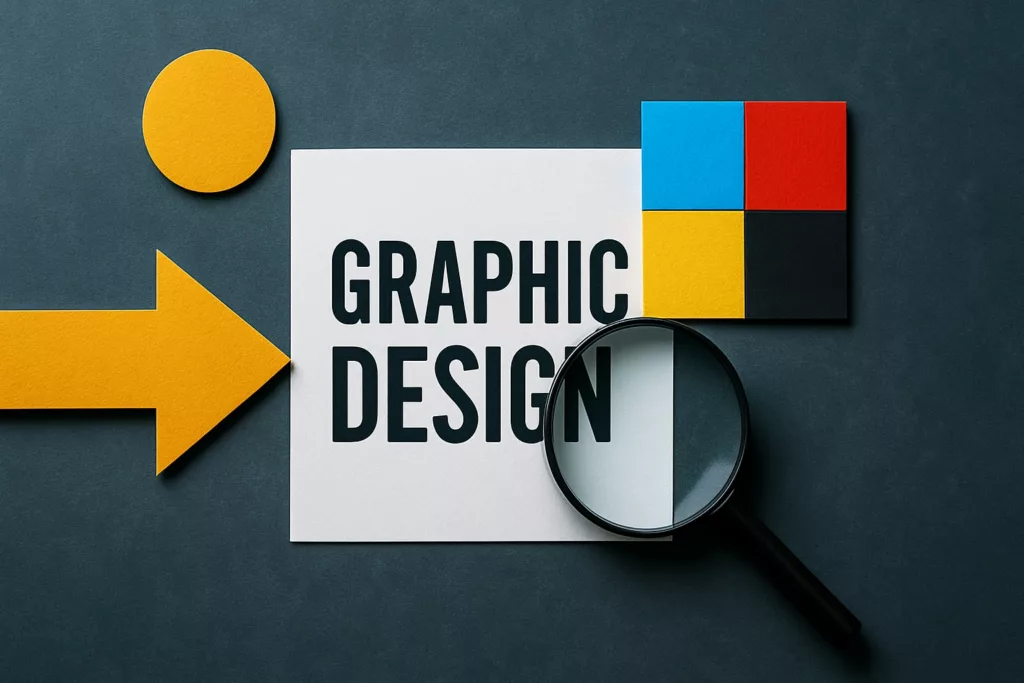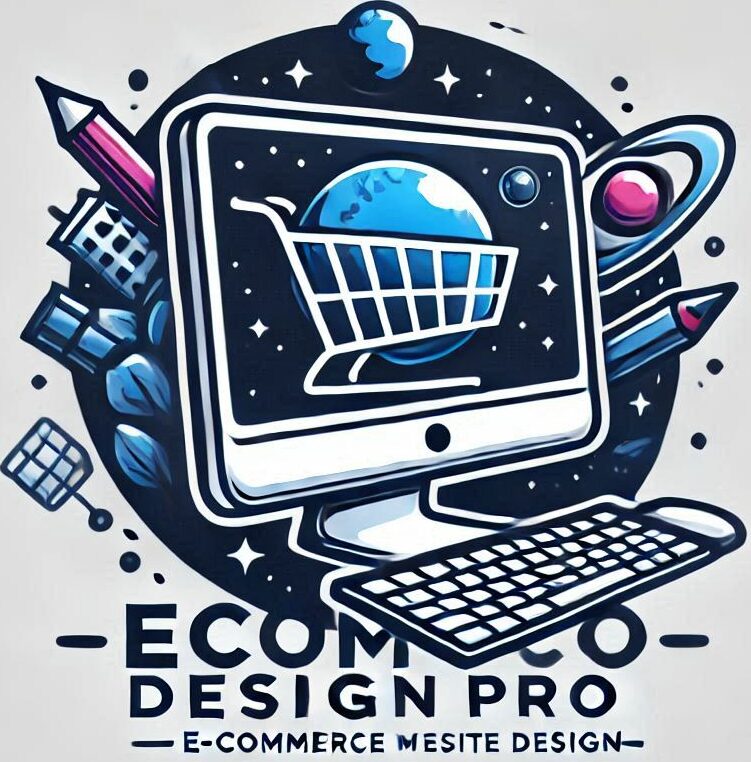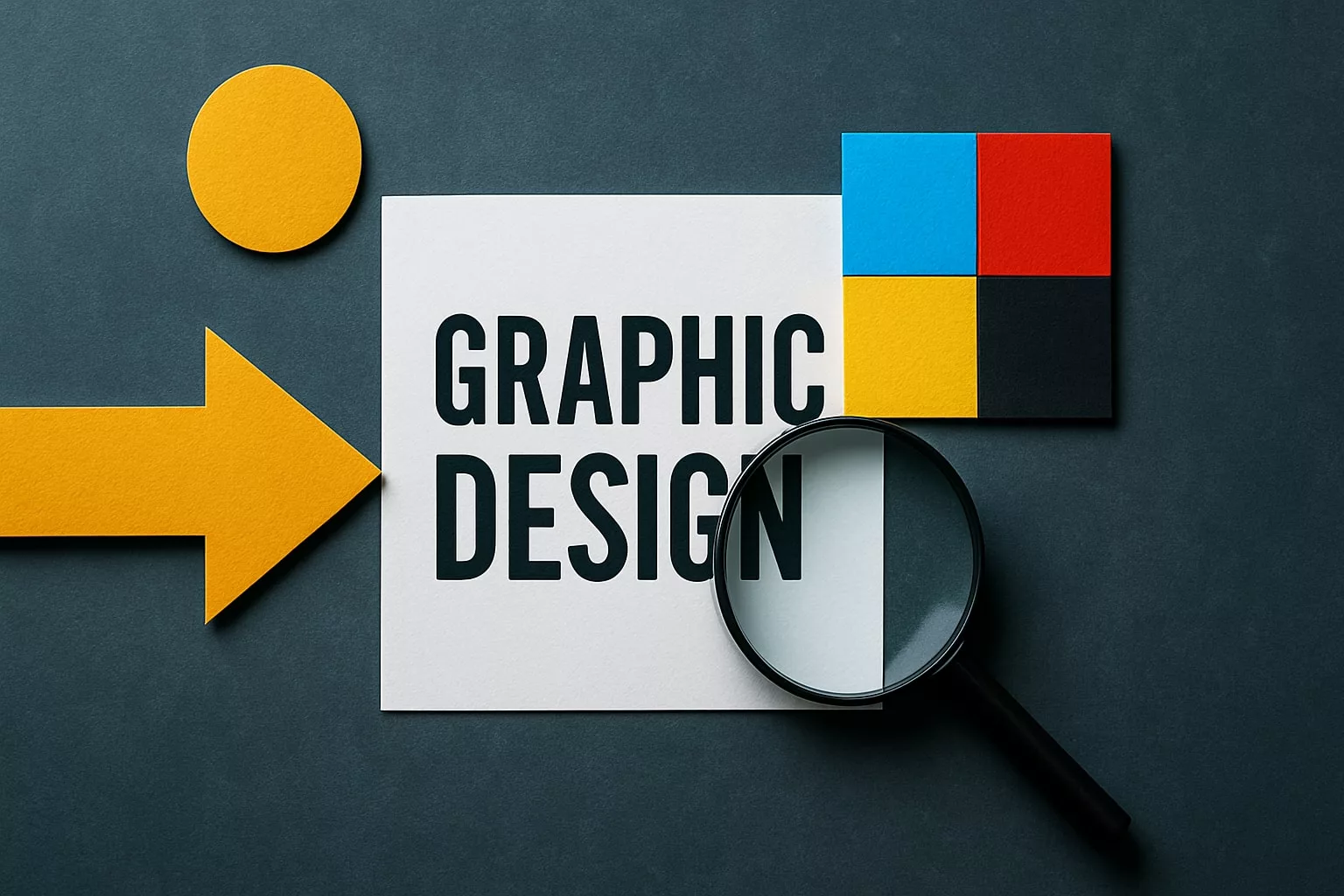
The world of visual communication is changing faster than ever, with 2025 bringing new challenges to capturing and keeping attention. As the digital landscape grows more crowded, mastering graphic design techniques is now essential for anyone hoping to make an impact.
These skills help brands and creatives develop visuals that are not only striking but also effective and memorable. By understanding what works, you can rise above the noise and engage your audience on a deeper level.
In this article, we break down 8 essential graphic design techniques for 2025 success. Whether you are a professional, business owner, or aspiring designer, you will find actionable insights to elevate your work.
The Changing Landscape of Graphic Design in 2025
The world of graphic design techniques is transforming rapidly as we approach 2025. Emerging technologies, shifting user expectations, and a sharper focus on ethics are setting new benchmarks for success. To stay ahead, professionals must adapt and master these evolving trends.

The Influence of Technology and AI
Artificial intelligence is reshaping how graphic design techniques are applied. Designers now rely on AI tools for ideation, automation, and streamlining repetitive tasks. Generative design enables the creation of unique visuals at scale, while smart systems support real-time collaboration across teams.
According to AI’s Impact on Graphic Design, the adoption of AI-powered platforms is boosting efficiency and creativity industry-wide. As automation becomes standard, designers must balance machine-driven innovation with human creativity to deliver standout results.
Evolving User Expectations and Accessibility
User demands for accessible and culturally sensitive graphic design techniques are at an all-time high. Mobile-first browsing dominates, making responsive design non-negotiable. Brands that prioritize inclusivity, such as incorporating alt text and adaptable layouts, see higher engagement and broader reach.
Statistics reveal that more than half of global web traffic now comes from mobile devices. Companies enhancing accessibility are also improving their reputation and user loyalty, proving that thoughtful design benefits everyone.
The Role of Data and Personalization
Data-driven graphic design techniques are unlocking deeper audience engagement. Designers use analytics and A/B testing to refine visuals, colors, and layouts based on real user behavior. Personalized experiences, informed by these insights, increase conversion rates and foster brand loyalty.
By leveraging data, brands can create tailored content that resonates with specific audiences. This approach ensures that every design decision is backed by measurable impact, driving better outcomes for campaigns and user experiences.
Sustainability and Ethical Design
Sustainable and ethical graphic design techniques are becoming a key differentiator for brands. Eco-friendly practices, such as using recycled materials and energy-efficient digital assets, are gaining traction. Ethical design also means respecting user privacy and promoting honest messaging.
Brands embracing sustainability see improved public perception and stronger customer trust. Simple choices, like minimalist packaging or digital-first campaigns, demonstrate responsibility and align with the growing eco-conscious mindset of consumers.
The Importance of Staying Current
Staying ahead in graphic design techniques requires continuous learning and adaptation. The pace of trend evolution has accelerated, with new tools and styles emerging every year. Designers must regularly upskill, follow industry leaders, and track reports to remain competitive in 2025.
Lifelong education is not optional, but essential for thriving in this dynamic field. Those who invest in their growth will be best positioned to seize opportunities and shape the future of design.
8 Essential Graphic Design Techniques for 2025 Success
Staying ahead in the competitive digital space requires more than just creativity. Mastering the latest graphic design techniques is crucial for achieving standout results in 2025. Each technique below is tailored to help designers, brands, and businesses create visuals that are not only beautiful but also effective, accessible, and future-ready.

1. Mastering Minimalism for Maximum Impact
Minimalism is more than just removing clutter; it is about intentionality and clarity. In 2025, minimalism continues to shape graphic design techniques, allowing messages to cut through noise and resonate with audiences.
Brands leveraging minimalism benefit from a timeless, focused aesthetic that draws attention to what matters. For example, Apple and Muji use minimal layouts and restrained color palettes to communicate sophistication and trust.
However, minimalism is not about oversimplification. It is a balance between simplicity and substance. The best minimalist graphic design techniques use white space, precise typography, and limited color palettes to guide the viewer’s eye.
Actionable tips for applying minimalism:
-
Use generous white space for breathing room
-
Limit color palettes to 2–3 harmonious tones
-
Select purposeful, legible typography
-
Prioritize essential information only
A recent study found that uncluttered visuals increase engagement by up to 30% compared to busy layouts. Still, common pitfalls include making designs too sparse, which can appear unfinished, or removing critical content.
For more on how minimalism is influencing digital retail, see Minimalism in Online Retail Design.
Incorporating minimalist graphic design techniques will help your content stand out while maintaining clarity and elegance.
2. Advanced Color Psychology and Cultural Relevance
Color is a powerful tool in any designer’s arsenal. In 2025, advanced graphic design techniques harness color psychology to influence emotions and behaviors across diverse global audiences.
Designers must consider cultural context when selecting colors. For instance, red can symbolize luck in China but caution in Western markets. Brands like Coca-Cola and Spotify tailor color strategies to resonate with international users.
Building harmonious, accessible palettes:
-
Use color theory principles for balance
-
Test palettes with color blindness simulators
-
Apply dynamic color systems for flexibility
-
Combine contrasting tones for emphasis
Recent campaigns have shown that carefully chosen colors can boost conversions and brand recall. Tools like Adobe Color and WCAG accessibility checkers help ensure your palettes are both visually pleasing and inclusive.
To explore how color choices shape user experience and behavior, visit Color Psychology in Design.
Staying informed on color trends and applying these graphic design techniques will keep your visuals fresh and culturally relevant in a global market.
3. Dynamic Typography and Font Innovation
Typography is no longer just about readability; it is a cornerstone of brand identity and engagement in 2025. Modern graphic design techniques embrace variable fonts, kinetic typography, and custom typefaces to add personality and movement to digital content.
Brands like Netflix and Airbnb use expressive typography to set the tone and differentiate themselves. The rise of variable fonts allows for seamless adaptation across platforms and devices, ensuring consistency and flexibility.
Tips for dynamic typography:
-
Establish hierarchy with size and weight variations
-
Pair fonts thoughtfully for contrast and harmony
-
Use ligatures and creative kerning for uniqueness
-
Test readability across screen sizes
Kinetic typography—animated or interactive text—can capture attention and reinforce messaging. Data shows that engaging typography increases user retention by 20%.
Accessibility remains key. Choose fonts with clear letterforms and ample spacing. Avoid overly decorative styles for body text to maintain legibility.
Integrating innovative graphic design techniques in typography will elevate your brand and improve communication across all channels.
4. Immersive Composition and Visual Hierarchy
Composition is the foundation of effective graphic design techniques. A well-structured layout guides the viewer’s eye, enhances focus, and improves navigation.
Key principles include the rule of thirds, visual balance, and establishing clear focal points. Modern designers integrate motion, depth, and layering to create immersive experiences that capture attention.
Creating immersive layouts:
-
Use grids for alignment and consistency
-
Apply depth with shadows and overlapping elements
-
Guide users with directional cues and intentional hierarchy
Responsive design ensures layouts adapt seamlessly to any device. Brands like Dropbox and Google use immersive compositions to boost conversions and maintain engagement.
Motion elements, such as micro-animations, can subtly direct attention and add delight. For inspiration on using micro-animations to enhance user engagement, explore Micro-Animations and User Engagement.
Avoid common mistakes like overcrowding or inconsistent alignment. Instead, leverage graphic design techniques that balance unity and variety for maximum impact.
5. Storytelling Through Imagery and Visual Narratives
Visual storytelling is at the heart of successful graphic design techniques in 2025. Images, illustrations, and infographics convey complex messages quickly, creating emotional connections with audiences.
Photography and illustration bring brand values to life. Infographics distill data into digestible formats. Successful campaigns, such as Nike’s “Dream Crazy,” use authentic imagery and compelling narratives to inspire action.
Strategies for effective visual storytelling:
-
Align visuals with brand identity and audience emotions
-
Use diverse, authentic images for inclusivity
-
Incorporate AR/VR, interactive graphics, or micro-animations for engagement
Sourcing or creating original imagery helps build trust and sets your brand apart. Data shows narrative-driven design increases user recall and sharing.
Graphic design techniques that prioritize storytelling will ensure your messages resonate and leave a lasting impression.
6. Strategic Use of Negative Space
Negative space—also known as whitespace—is a powerful component of modern graphic design techniques. It provides clarity, focus, and a sense of sophistication to any composition.
Whitespace helps balance visual elements, making content easier to digest. Iconic logos like FedEx and Apple use negative space creatively to form hidden images and reinforce brand identity.
Optimizing negative space:
-
Evaluate spacing between elements for visual breathing room
-
Use whitespace to emphasize key content and calls to action
-
Avoid overcrowding by grouping related items and separating sections
Studies indicate users prefer clean, uncluttered interfaces, associating them with professionalism and trust. However, too much negative space can make designs appear empty, so aim for balance.
Applying strategic negative space within your graphic design techniques will enhance both aesthetics and usability.
7. Consistency Across Multi-Platform Branding
Consistency is essential for building recognition and trust. In 2025, graphic design techniques must ensure seamless visuals across web, mobile, print, and social channels.
A comprehensive style guide covering color, typography, and imagery helps maintain uniformity. Modular design systems allow assets to scale and adapt for different platforms while preserving brand integrity.
Best practices for cross-platform consistency:
-
Document design rules and update guidelines regularly
-
Test visuals on multiple devices and screen sizes
-
Use templates and components for efficiency
Brands like Slack and Spotify excel by delivering a cohesive look everywhere. Research shows that consistent visuals increase brand recall by up to 80%.
Evolving your brand guidelines and applying consistent graphic design techniques will strengthen your identity in a fragmented digital world.
8. Integrating AI and Automation in Design Workflows
Artificial intelligence is transforming graphic design techniques in 2025. AI-powered tools streamline workflows, enabling faster production, personalization, and creative exploration.
Designers now leverage AI for layout suggestions, color matching, and content adaptation. For example, platforms like Adobe Sensei and Canva’s Magic Write offer intelligent recommendations and automation.
Guidance for AI integration:
-
Balance automation with human creativity and oversight
-
Stay transparent about AI-generated content
-
Upskill with AI-focused courses and resources
Statistics reveal that teams using AI tools report up to 40% productivity gains. However, ethical considerations remain paramount—ensure data privacy and avoid bias in automated outputs.
By embracing AI-driven graphic design techniques, you position yourself at the forefront of innovation and efficiency.
Future-Proofing Your Graphic Design Skills
Staying ahead in the creative industry requires continuous adaptation. As the landscape evolves rapidly, professionals must future-proof their graphic design techniques to remain competitive and relevant.

Continuous Learning and Trend Monitoring
The pace of change in graphic design techniques is accelerating, making ongoing education essential. Invest time in online courses, webinars, and industry certifications to expand your skills.
Follow thought leaders, design blogs, and insightful industry reports. For example, checking resources like Top Graphic Design Trends 2025 helps you anticipate and adapt to emerging styles.
Staying curious and proactive ensures your creative approach remains fresh and effective.
Building a Versatile Portfolio
A strong portfolio is your gateway to new opportunities. Showcase a diverse range of graphic design techniques across platforms such as web, mobile, and print.
Highlight projects that demonstrate innovation, adaptability, and measurable results. Use concise case studies to illustrate the impact of your work, focusing on how your designs solve problems and engage audiences.
Update your portfolio regularly to reflect your evolving expertise and creative growth.
Networking and Collaboration in the Digital Era
Meaningful connections fuel career advancement. Engage in online communities, join virtual design events, and seek mentorship to broaden your perspective on graphic design techniques.
Remote collaboration tools make it possible to partner with creatives worldwide. Participate in forums, design challenges, and professional groups to exchange ideas and build lasting relationships.
Active networking opens doors to new clients, projects, and collaborations.
Embracing Feedback and Iterative Improvement
Feedback is a catalyst for growth. Invite constructive critique from peers, clients, and users to refine your graphic design techniques.
Conduct regular user testing and reviews to identify strengths and areas for improvement. Integrate feedback into your workflow, making iterative updates that enhance quality and effectiveness.
A culture of openness and learning helps you consistently deliver exceptional results.
Preparing for New Technologies
Innovation is reshaping the future of graphic design techniques. Experiment with AR, VR, and generative design tools to expand your creative toolkit.
Stay informed about advancements in AI-driven design by exploring resources like AI in Graphic Design Education. Embracing new technology not only boosts efficiency but also positions you as a leader in the field.
Adopting a forward-thinking mindset ensures you are ready to shape and respond to future trends.




